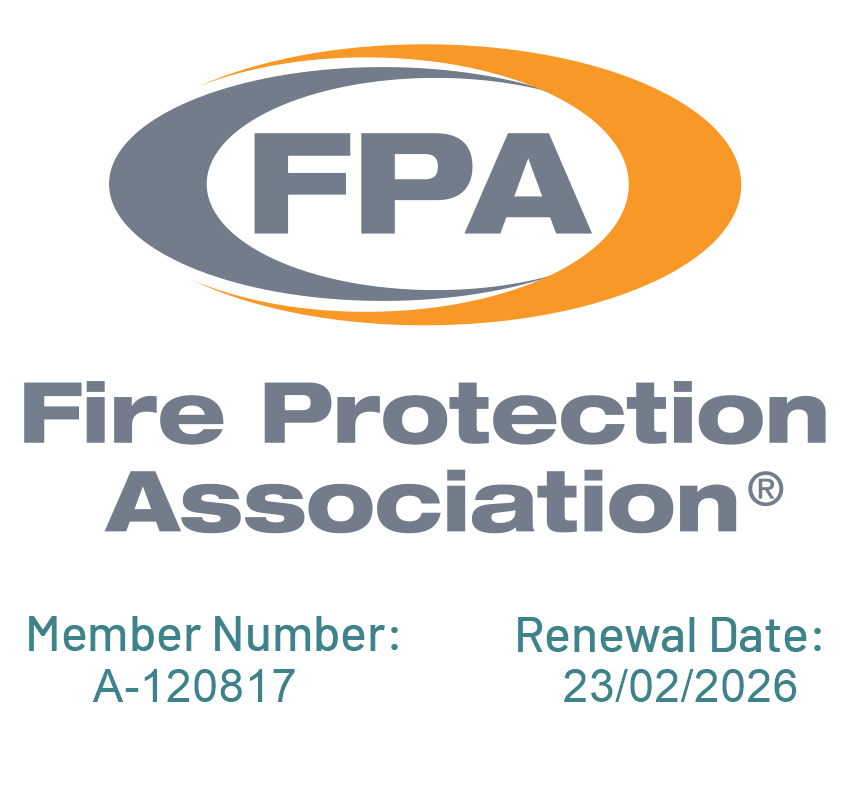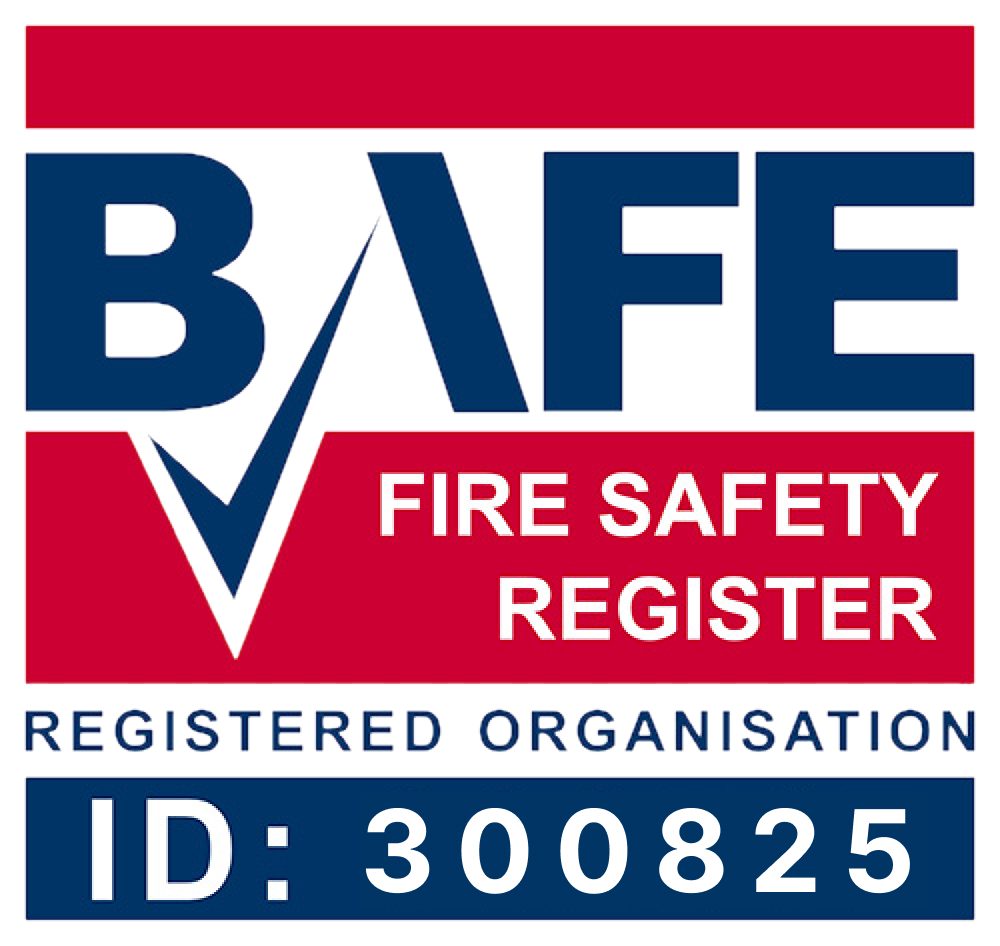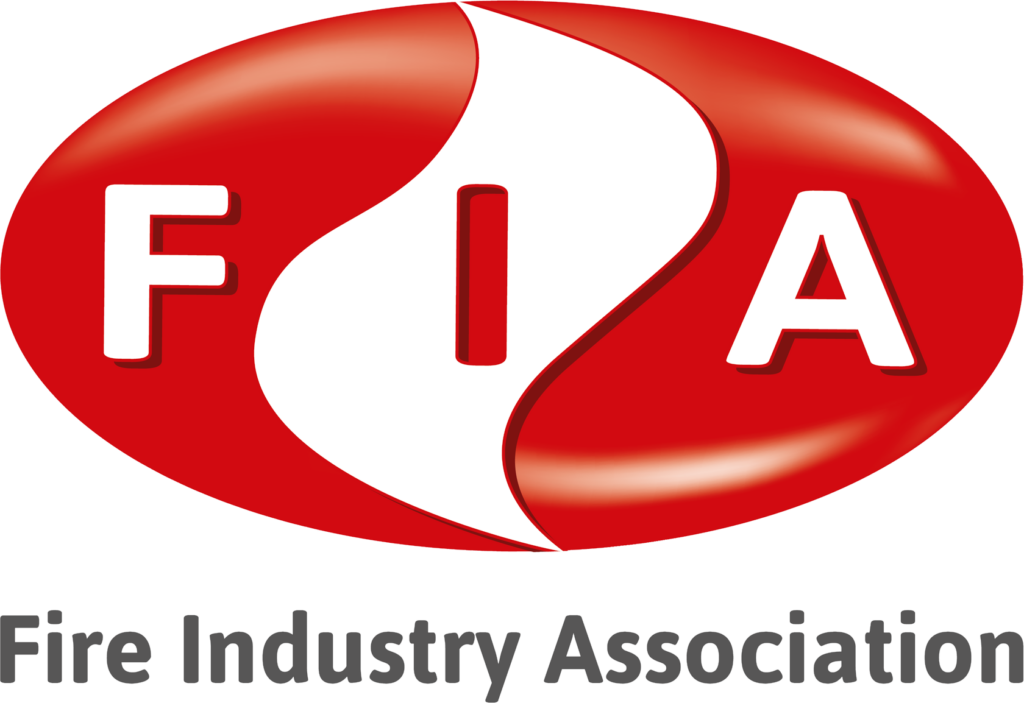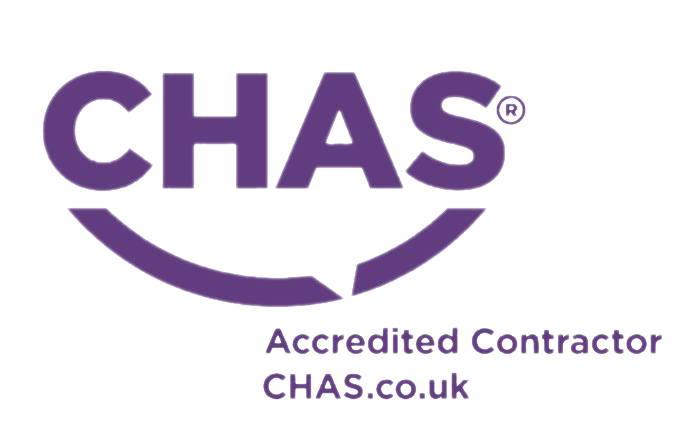The above compilation was done to our best knowledge and only reflects a small part of the relevant fire safety guidance. This text cannot be a replacement for reading the original texts. It can also be out of date. This editorial is intended to give the reader a rough overview of this complex area of legislation and recommendations. For a more detailed assessment, the reader is advised to ask a fire risk assessor and provide a written assessment.
Fire Extinguisher Guide
Fire Extinguisher Guide
There are a number of different fire extinguishers available and it’s vital you buy the correct type for the risks that exist in your workplace.
The following information is provided for guidance purposes, and should not be relied upon for the purposes of a fire risk assessment, in which case, British Standard 5306-8:2000 should be referred to.
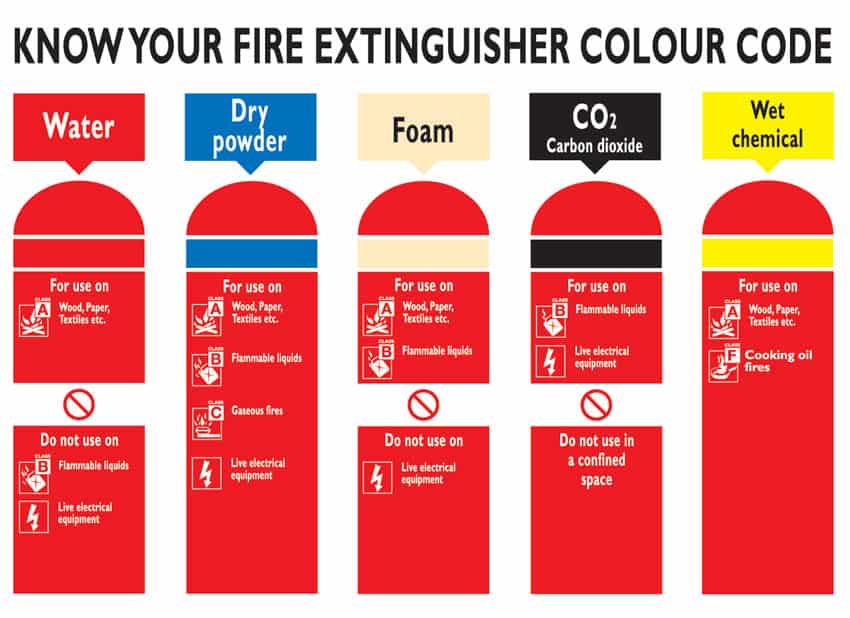
Which Fire Extinguisher Type?
Fires are classified in four groups A, B, C, and D
- Class A fires are fires involving organic solids like paper, wood, etc.
- Class B fires are fires involving flammable liquids.
- Class C fires are fires involving flammable gasses.
- Class D fires are fires involving metals.
- Electrical fires are fire involving electric.
Assess Your Risks
For the home a fire blanket and a small wet chemical extinguisher or dry water mist extinguisher in the kitchen would be considered satisfactory for most situations. A water mist extinguisher, with its broad ability across all most fire risks is also suitable for the rest of the house. Remember to only tackle small fires, if in doubt, get out and always call the fire service out.
Commercial organisations need to be more professional by conducting a survey to ascertain the number and type of extinguishers that are required and a more substantial fire extinguishing capability will be required. The ratings of the extinguishers should be used to calculate the number and type of extinguishers required. Only BAFE approved companies should be used as this will ensure installation and maintenance to the highest standard.
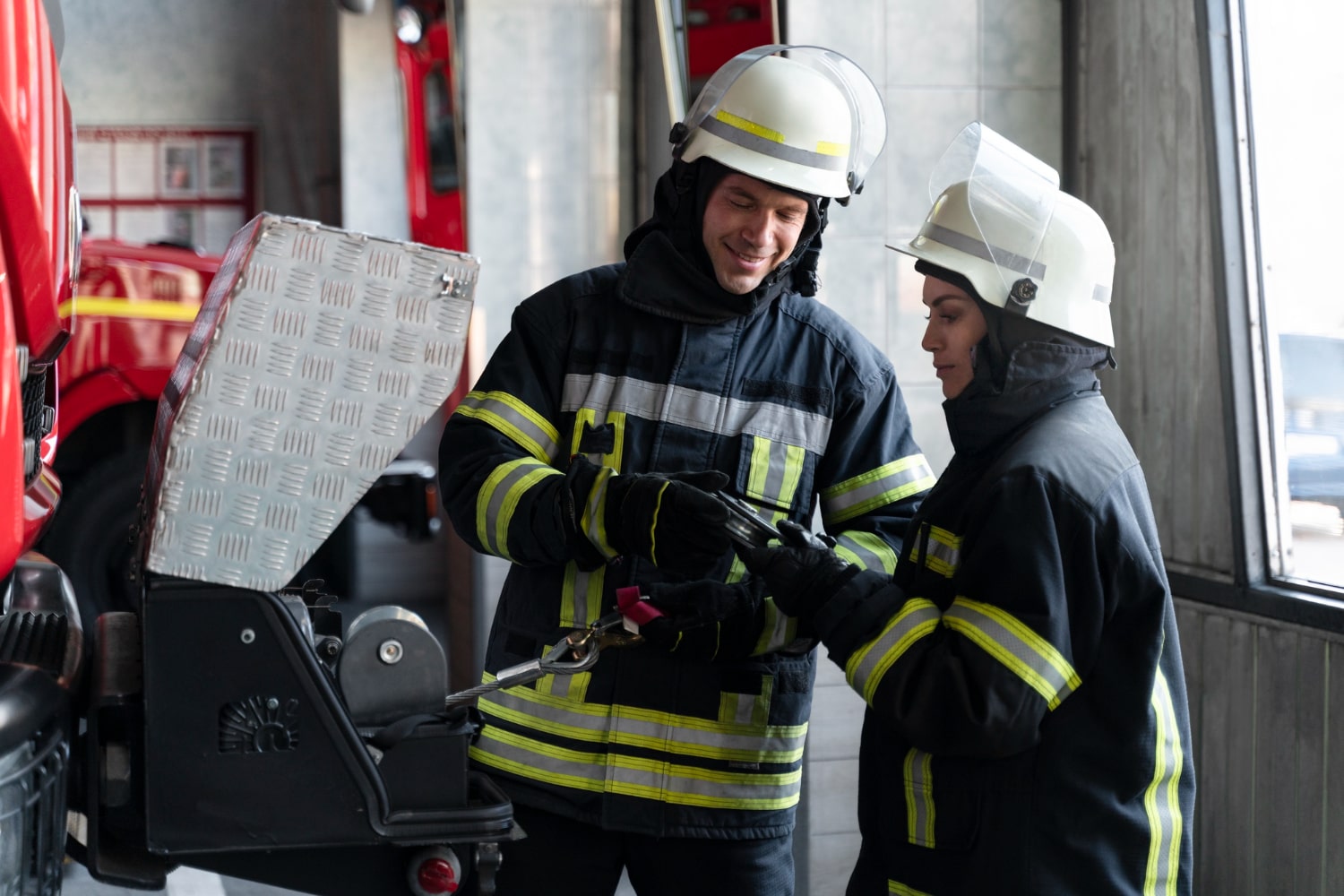
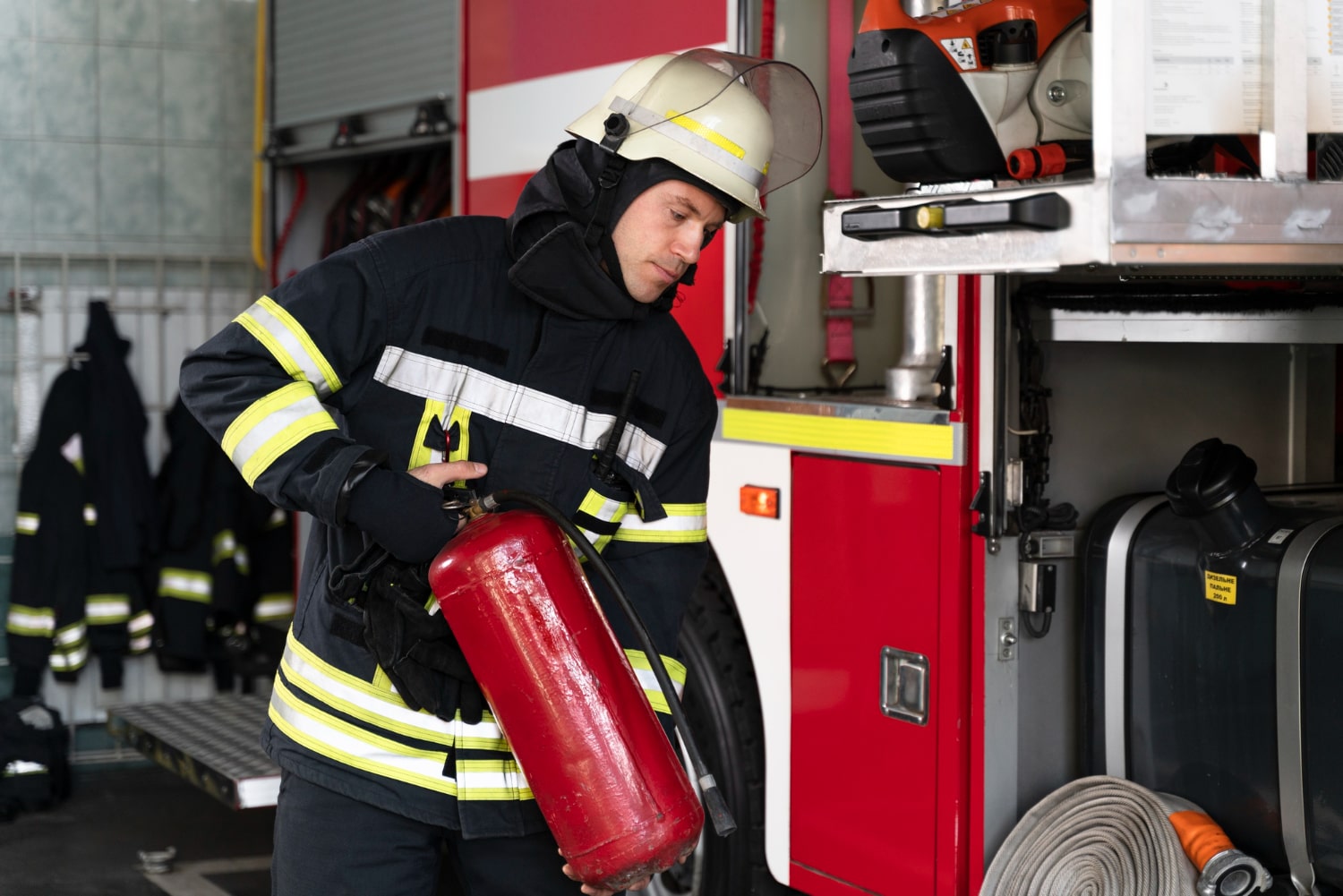
How Many Extinguishers?
The number will depend on the size of your premises and whether yours is a low or high-risk business.
To calculate the fire rating, multiply the floor area in metres squared (m²) by 0.065. Therefore for a floor area of 200m², the fire rating is 200 x 0.065 = 13A.
A 9-litre water extinguisher has a fire rating of 13A, therefore, one 9 litre water extinguisher will be required for every 200m² of floor area.
For special risks such as fires involving live electrical equipment, a suitable extinguisher should be provided, carbon dioxide or dry powder, near to the risk or at least within a reasonable distance (less than 30m) usually placed next to the water extinguishers required
Where to site extinguishers?
Where provided, fire extinguishers should comply with BS EN 3-7; be maintained in accordance with BS 5306-3 and be appropriate to the risk.
Fire extinguishers should be signed and either is suspended from a suitable position wall-mounted bracket or placed on a podium in accordance Extinguishers shall be installed and maintained in accordance with BS EN-3:3 and BS 5306-3. 1m above ground for large and 1.5m for smaller ones. In a position such that they do not obstruct the escape route;
Positioned close to the exit position from each floor; not obstructed by opening doors and not in recesses out of sight; and away from heaters or areas where they may be subject to damage. In a low-risk workplace an employee should be within 30 metres of a fire extinguisher. It is best to site them close to any potential fire risk and at room exit doors and stairways.
Ensure staff know where the extinguishers are, that they are trained to use them and ensure that a nominated person has responsibility for checking them regularly.
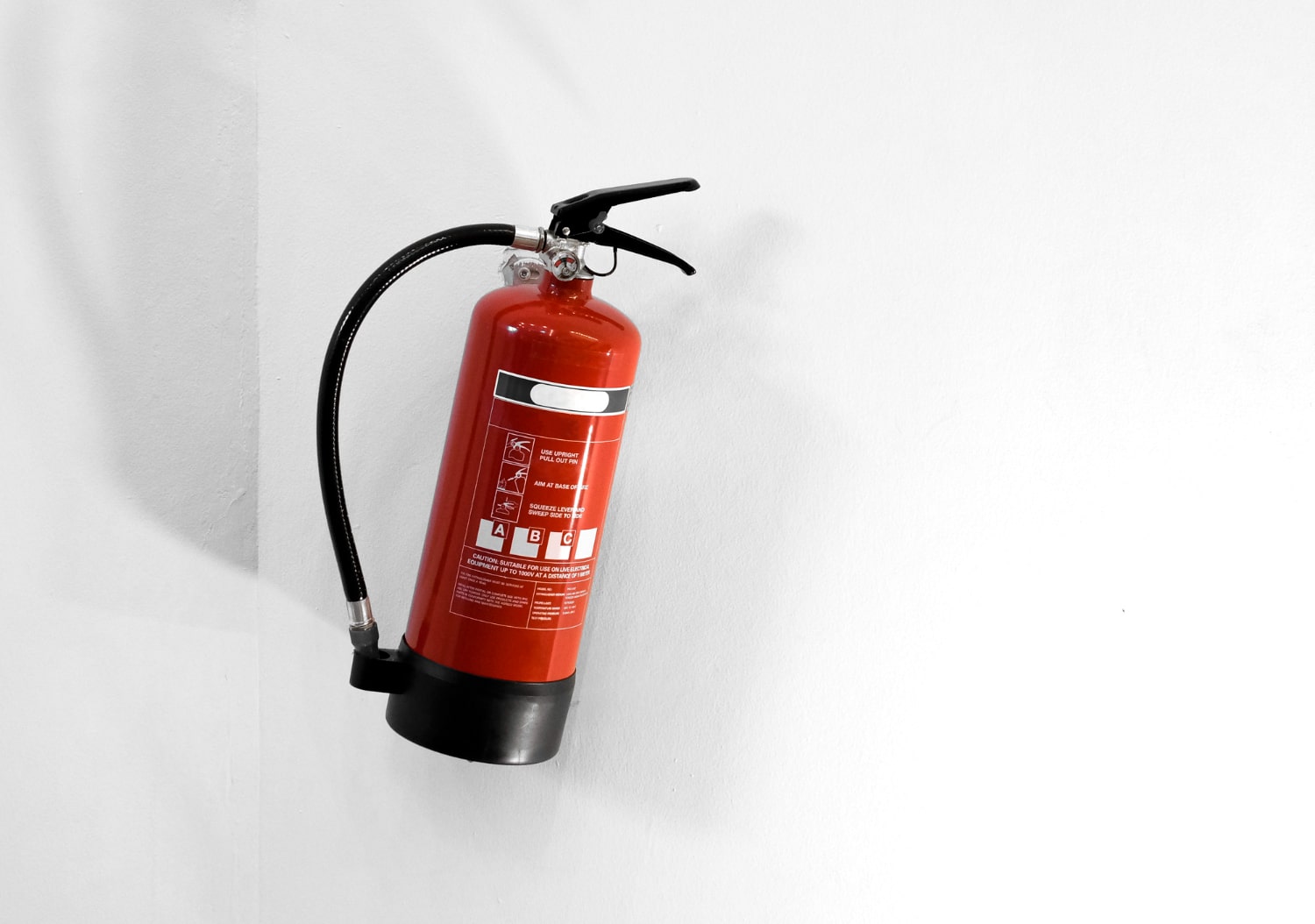
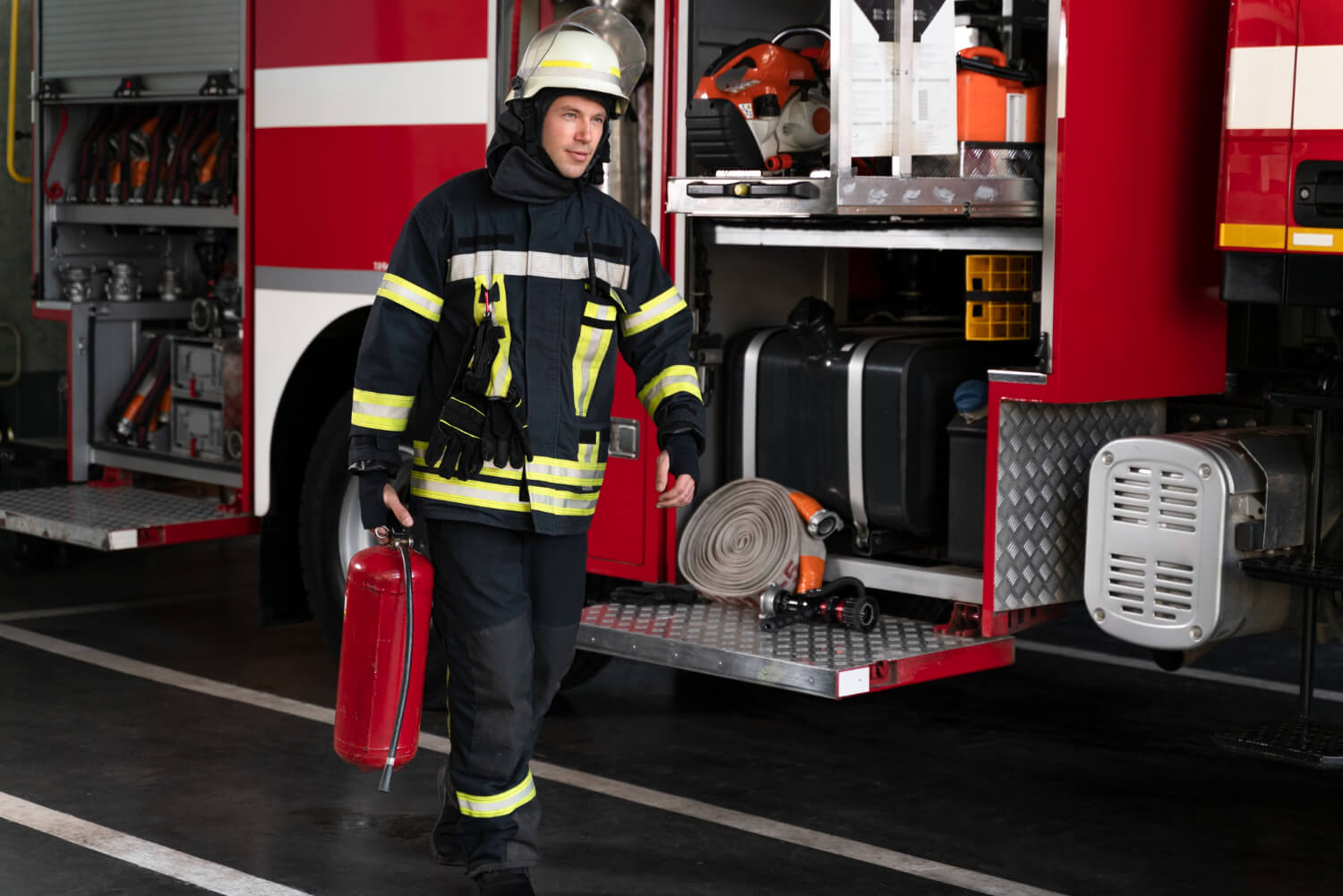
Maintenance and Servicing
Extinguishers in commercial or public buildings should be visually inspected monthly for damage and must be serviced to BS 5306-3:2009 once a year. Water, foam and powder extinguishers have to be discharged and refilled every five years. CO2 extinguishers must be refurbished after ten years. An exception, however, is the kitemarked P50 maintenance-free extinguisher which only need a refurbish after ten years and do not require maintenance within the ten years (other than the monthly visual inspection and a recorded yearly visual inspection by the owners).
Most types of extinguisher need to be serviced, discharged and refilled at certain intervals, please check manufacturers guidelines for more details. Any condemned, part-used or vandalised fire extinguishers should be disposed of.
Contact us for free advice in carrying out a risk assessment or have if you have any doubts about your fire policy, such as the correct extinguishers to buy.
Head Office
IQ Fire Solutions Ltd, 144 North Street, Romford Essex RM1 1DL, United Kingdom
Company Registration No
06577219
VAT Registration No
931 0720 61



